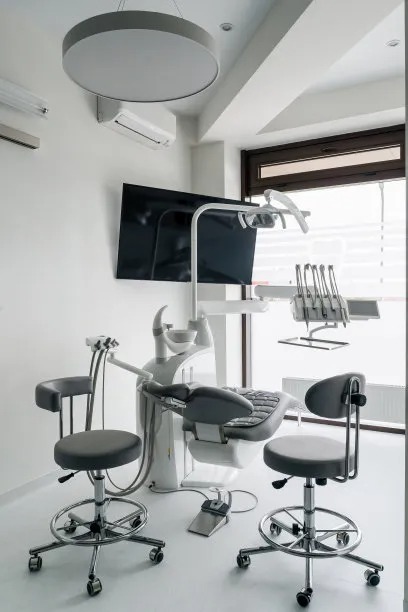Essential Steps and Considerations for Successfully Extracting a Tooth in Dental Practice
Summary: Tooth extraction is a critical procedure in dental practice that requires careful consideration and adherence to established protocols. This article outlines essential steps and considerations that dental professionals must follow to ensure successful tooth extraction. It covers pre-operative assessments, procedural techniques, post-operative care, and patient management, providing detailed insights into each aspect. By understanding these key components, dental practitioners can enhance their skills, minimize complications, and provide optimal care for their patients, ultimately leading to better outcomes in dental practice.
1. Comprehensive Pre-Operative Assessment

The first step in successfully extracting a tooth is performing a thorough pre-operative assessment. This process begins with a detailed patient history to identify any systemic conditions that may affect surgery, such as diabetes or cardiovascular issues. Understanding the patients medical history helps in determining whether additional precautions or treatments are necessary.
In addition to taking the medical history, a clinical examination is crucial. Dentists should assess the condition of the tooth, surrounding gums, and adjacent teeth. Radiographic imaging, such as periapical or panoramic X-rays, provides valuable insights into the tooths root structure and the proximity to vital anatomical structures, such as the maxillary sinus or inferior alveolar nerve.
Finally, obtaining informed consent is an essential part of the pre-operative phase. Patients should be fully aware of the procedure, potential risks, and expected post-operative outcomes. This open communication fosters trust and helps mitigate any pre-surgery anxiety the patient may experience.
2. Mastering Proper Extraction Techniques
Once the assessment is complete, the next critical step is mastering the proper extraction techniques. Dentists must choose between several extraction methods, primarily distinguishing between simple and surgical extractions. Simple extractions are suitable for fully erupted teeth without complications, while surgical extractions may be necessary for impacted teeth or complex cases.
During the extraction, the use of adequate anesthesia is paramount to ensure patient comfort. Local anesthesia is the most common choice, but sedation might be required for anxious patients or complex extractions. Its important to monitor the patients response to anesthesia, remaining vigilant for any signs of discomfort or complications.
Adopting the right technique during tooth removal is also vital. Dentists should use appropriate instruments and techniques, such as luxation and elevation, to minimize trauma to surrounding tissues. Adequate control of extraction force reduces the risk of fracturing the tooth or damaging adjacent tooth structures.
3. Ensuring Effective Post-Operative Care
Post-operative care is crucial in promoting recovery and preventing complications. Immediately after extraction, dentists should provide patients with clear and concise post-operative instructions. This includes information on managing pain and swelling, dietary restrictions, and signs of potential complications, such as excessive bleeding or infection.
Moreover, follow-up appointments play an important role in monitoring the healing process. Dentists should check for any signs of infection and assess the surgical site to ensure proper wound closure. Addressing any concerns that arise during this period promotes patient confidence in their recovery.
Managing the patients pain effectively is another important aspect of post-operative care. Prescribing appropriate analgesics and providing recommendations for using ice packs can greatly enhance the patients comfort during recovery. Additionally, educating patients about the importance of maintaining oral hygiene during recovery is essential in preventing post-operative complications.
4. Effective Patient Communication and Management
Effective patient communication is key to managing expectations and ensuring satisfaction. Dentists should establish rapport with patients by addressing their concerns and involving them in decision-making processes. This collaborative approach fosters trust and may lead to better cooperation during treatment.
Listening to patient feedback is equally important post-extraction. Dentists can glean valuable insights regarding the patient’s comfort level and overall experience, which may help improve future procedures. Proper documentation of these experiences is beneficial for continuous professional development.
Lastly, providing resources for patients to reach out with any questions or concerns after the procedure can significantly improve their experience. A well-informed patient is more likely to follow care instructions and report any complications early, ensuring better overall outcomes.
Summary:
In conclusion, effectively extracting a tooth involves multiple phases, each of which deserves careful attention from dental practitioners. Through thorough pre-operative assessment, mastery of extraction techniques, diligent post-operative care, and effective patient communication, dentists can facilitate successful tooth extractions with minimal complications. These essential steps are crucial in enhancing patient trust, improving recovery outcomes, and ensuring a positive dental practice experience.
This article is compiled by Vickong Dental and the content is for reference only.


